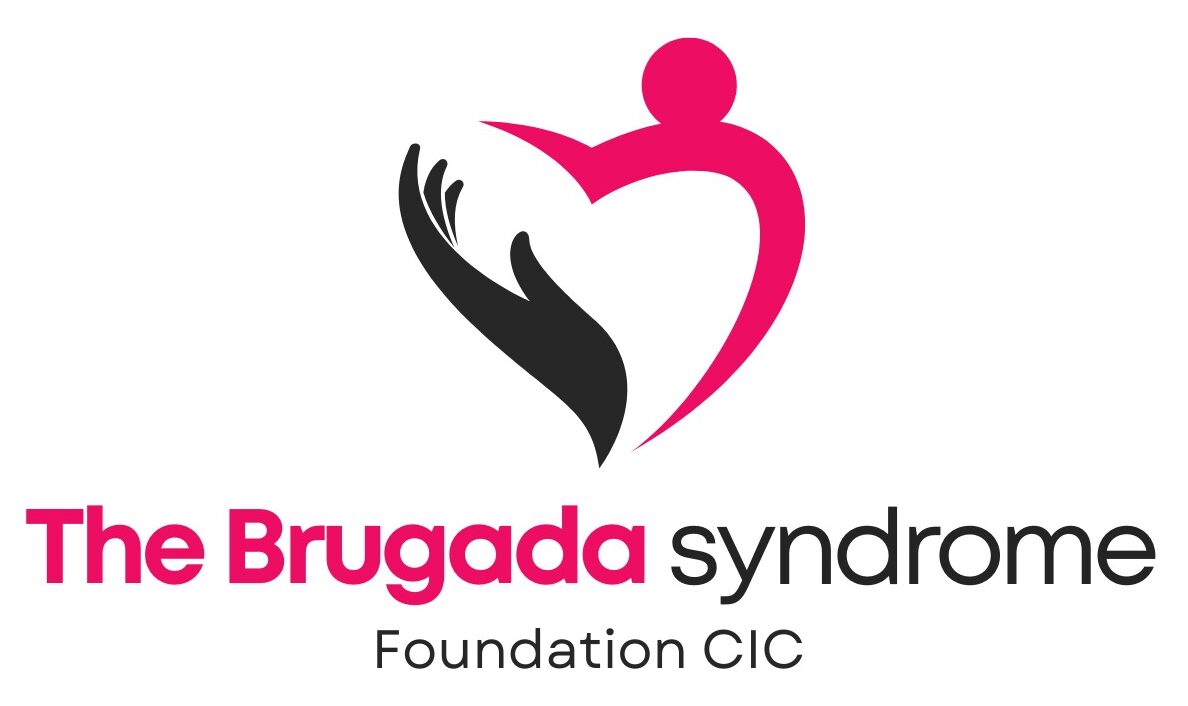Introduction
Brugada Syndrome is a rare but potentially fatal genetic heart disorder that affects the electrical activity of the heart. It can lead to dangerous arrhythmias (irregular heartbeats), which may cause sudden cardiac arrest, particularly in young and otherwise healthy individuals. First described in 1992 by Spanish cardiologists Pedro and Josep Brugada, the syndrome has since been recognized as a significant cause of sudden cardiac death.
Causes and Genetic Factors
Brugada Syndrome is primarily caused by mutations in the SCN5A gene, which encodes the sodium channels in heart muscle cells. These channels play a crucial role in the electrical signaling that controls heartbeats. When these channels function abnormally, they can disrupt the heart’s rhythm and lead to life-threatening arrhythmias. However, not all cases of Brugada Syndrome are linked to SCN5A mutations, indicating that other genetic or environmental factors may also contribute.
Symptoms
Symptoms of Brugada Syndrome can vary widely among individuals. Some may never experience symptoms, while others may have severe manifestations. Common signs include:
- Fainting (syncope)
- Irregular heartbeats (palpitations)
- Seizures
- Sudden cardiac arrest, particularly during sleep or at rest
Symptoms often appear in adulthood, typically between the ages of 30 and 40, and may be triggered by fever, certain medications, alcohol, or electrolyte imbalances.
Diagnosis
Brugada Syndrome is usually diagnosed through an electrocardiogram (ECG), which detects specific abnormalities in the heart’s electrical activity. However, these abnormalities are not always present, making diagnosis challenging. In some cases, a drug challenge test using sodium channel blockers is performed to unmask the characteristic ECG patterns. Genetic testing can also be used to confirm mutations associated with the syndrome, particularly in families with a history of sudden cardiac death.
Treatment and Management
There is no cure for Brugada Syndrome, but various strategies can help manage the condition and reduce the risk of sudden cardiac death:
- Implantable Cardioverter Defibrillator (ICD): The most effective treatment for individuals at high risk of sudden cardiac arrest, an ICD is a small device implanted in the chest to detect and correct life-threatening arrhythmias.
- Medication: Some cases may be managed with anti-arrhythmic drugs such as quinidine, which can help stabilize the heart’s electrical activity.
- Lifestyle Modifications: Avoiding triggers such as high fever, excessive alcohol consumption, and certain medications can help reduce the risk of arrhythmias.
Prognosis
The prognosis for individuals with Brugada Syndrome varies depending on symptom severity and risk factors. Those who remain asymptomatic generally have a lower risk of sudden cardiac death, while those who have experienced cardiac arrest or fainting episodes require careful monitoring and intervention. Early diagnosis and proper management can significantly improve outcomes.
Conclusion
Brugada Syndrome is a serious but manageable heart condition. Increased awareness, early diagnosis, and appropriate treatment can help prevent sudden cardiac death associated with this disorder. Individuals with a family history of Brugada Syndrome should consider genetic screening and consult a cardiologist for risk assessment and management strategies.

